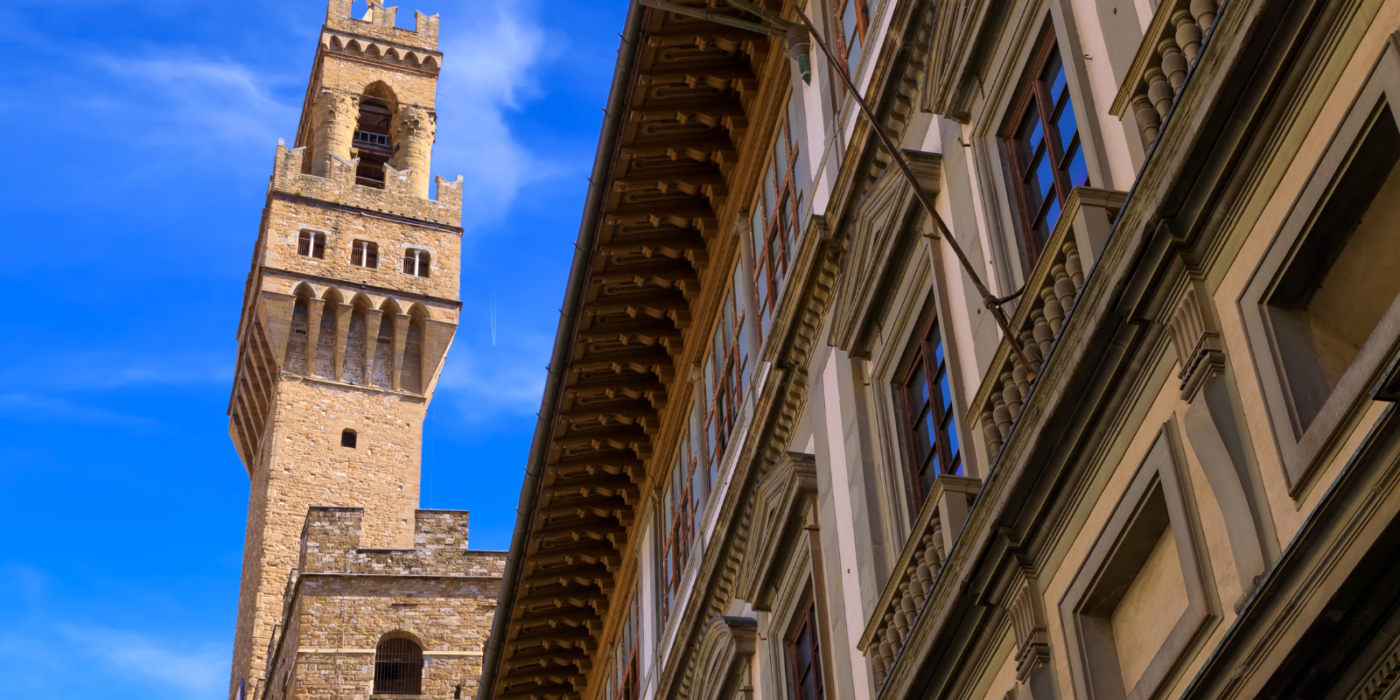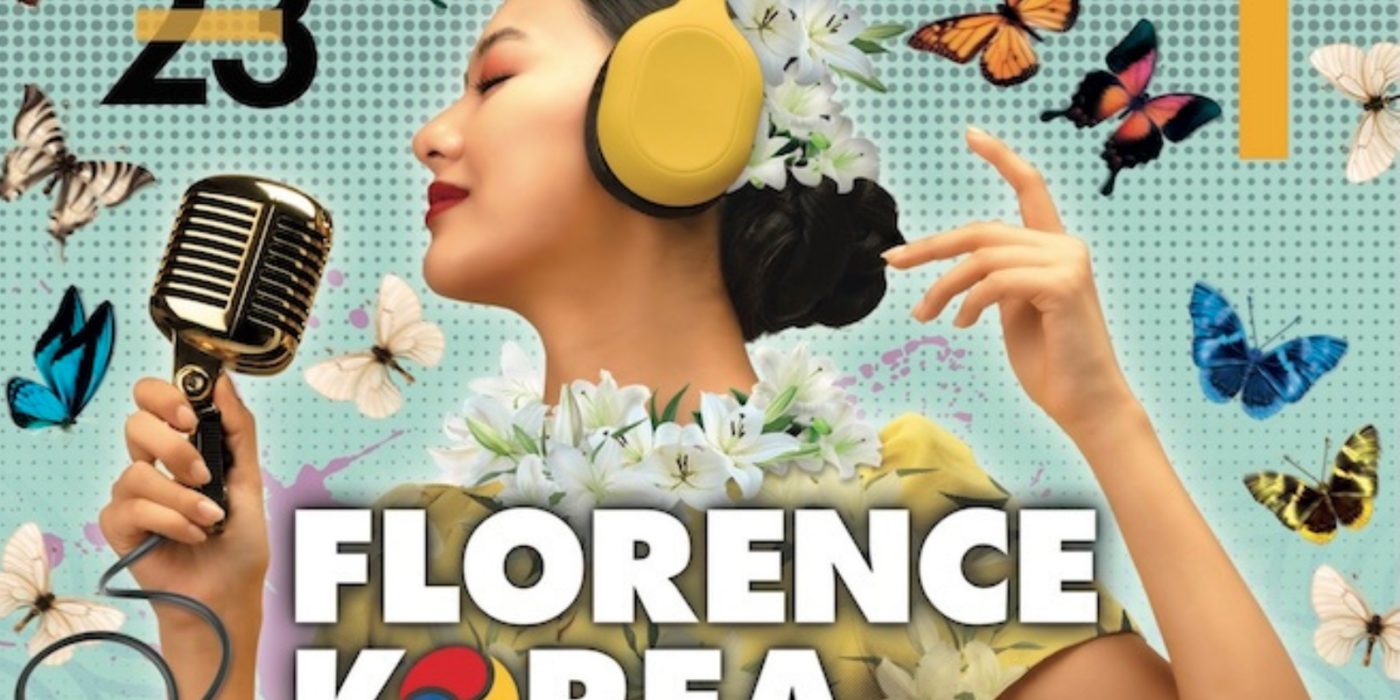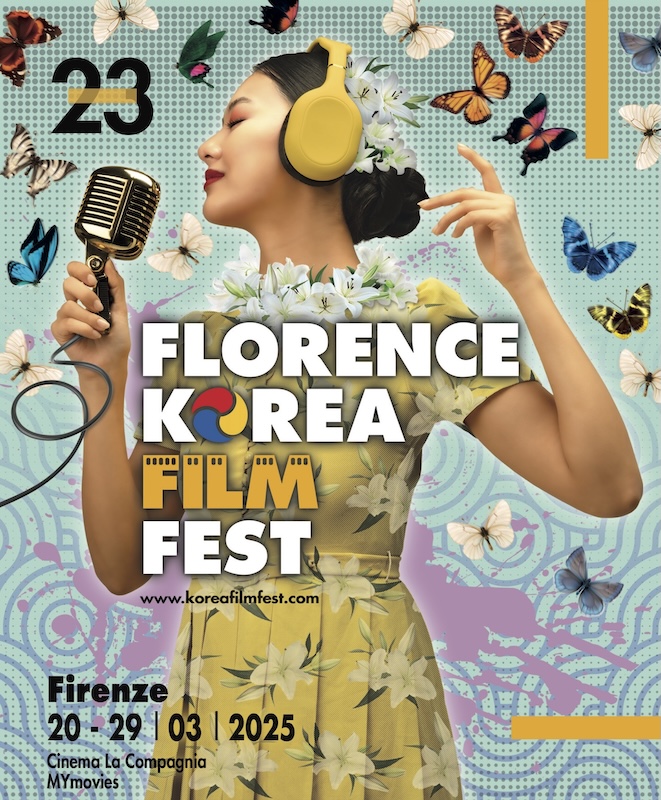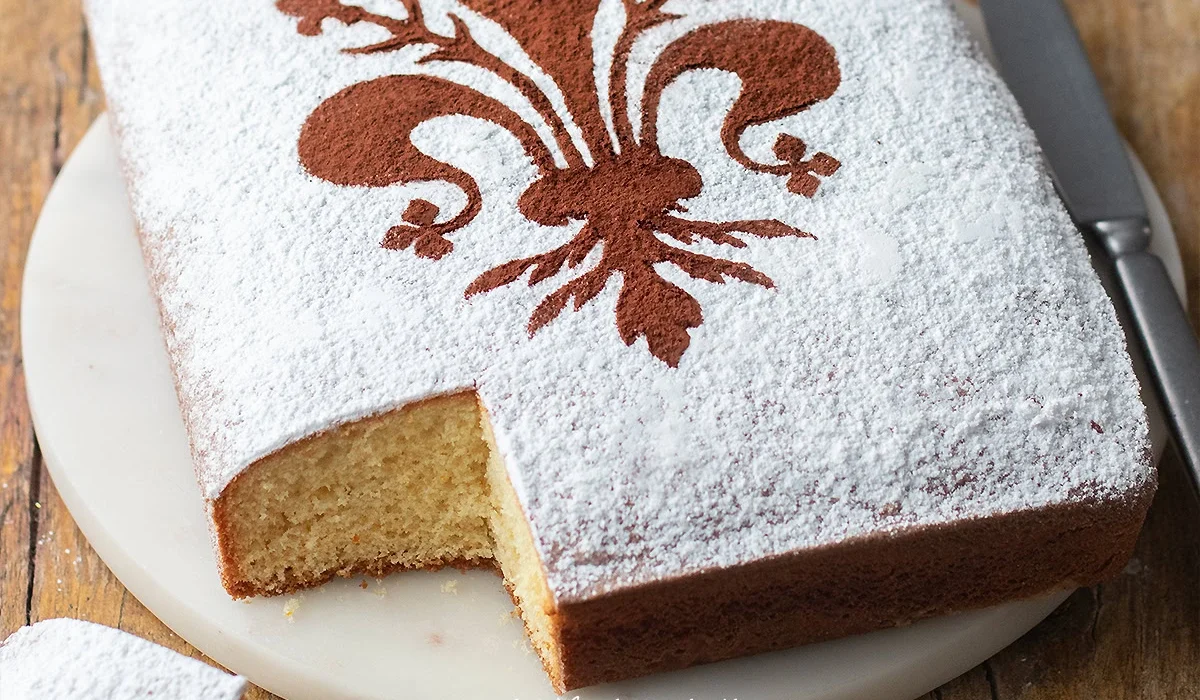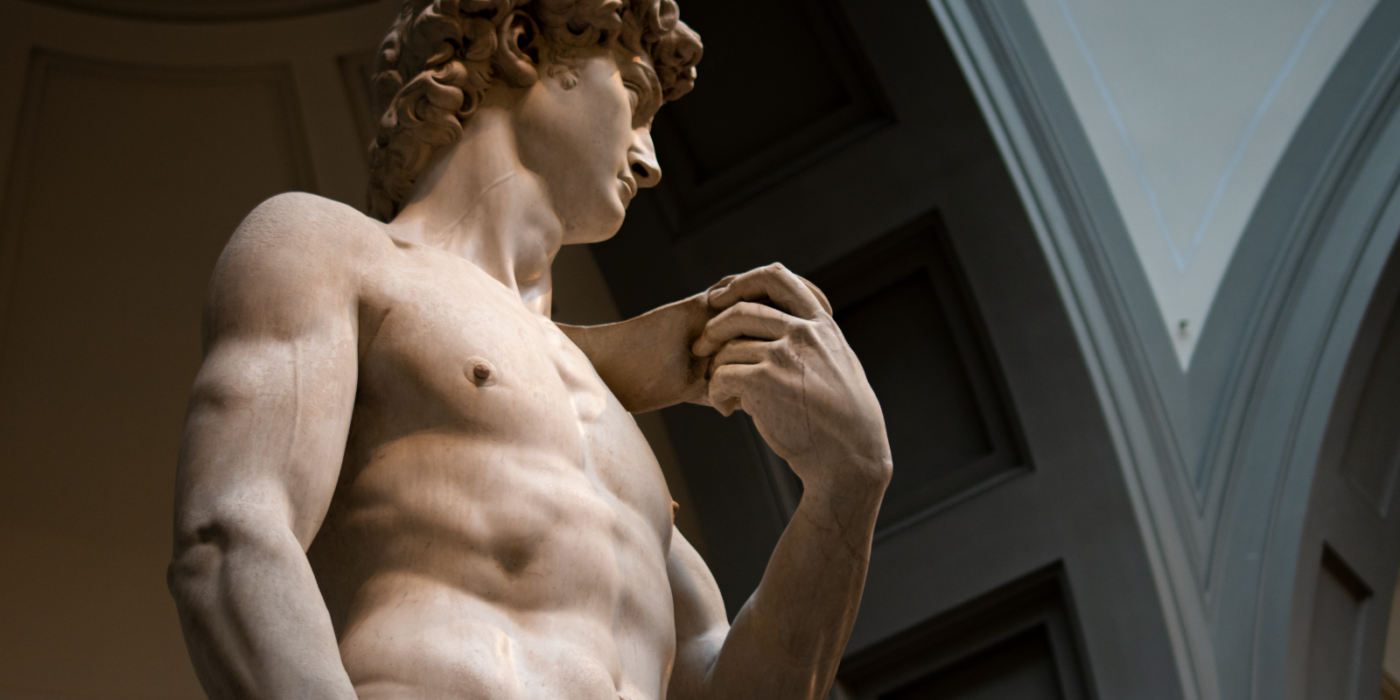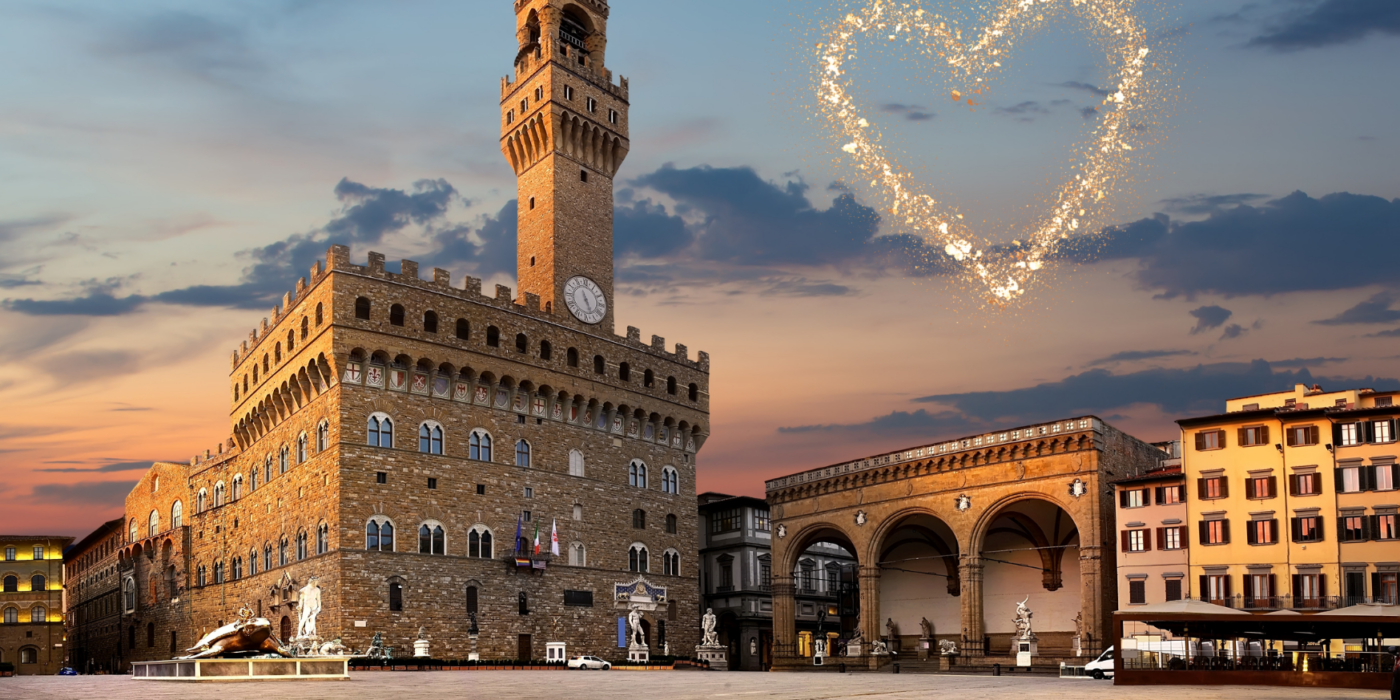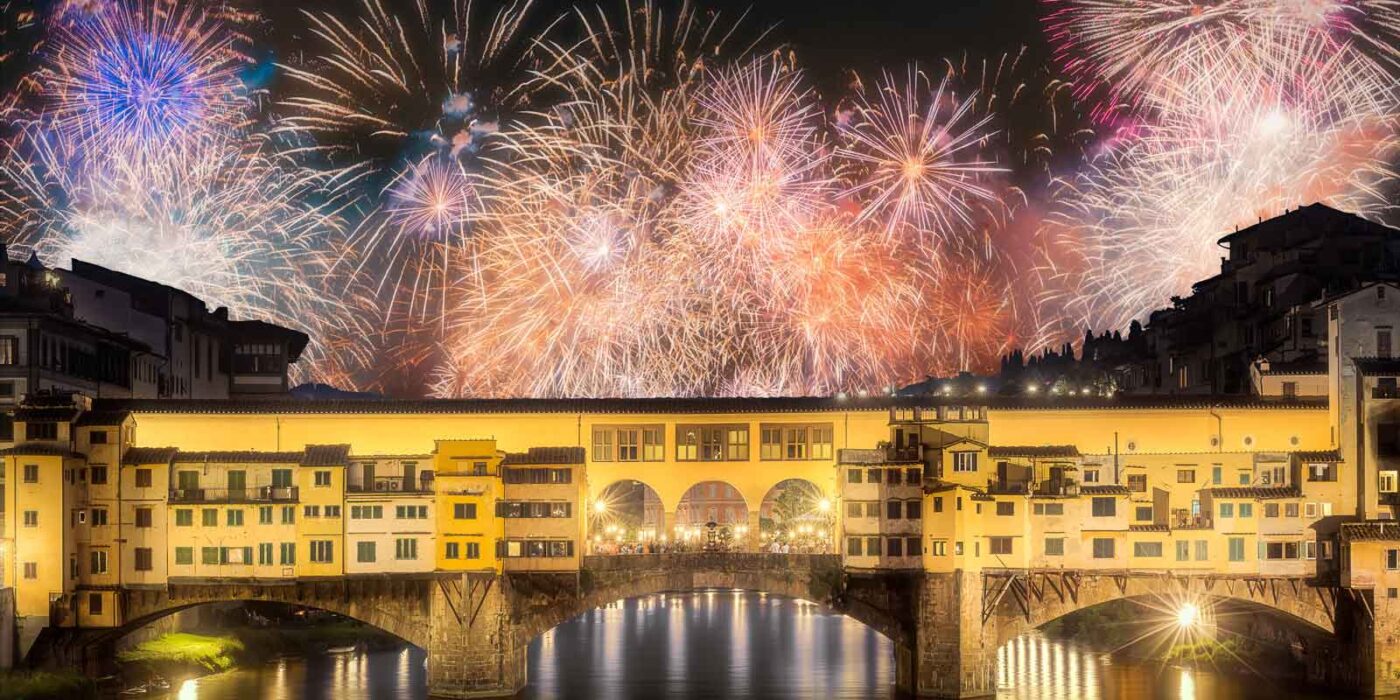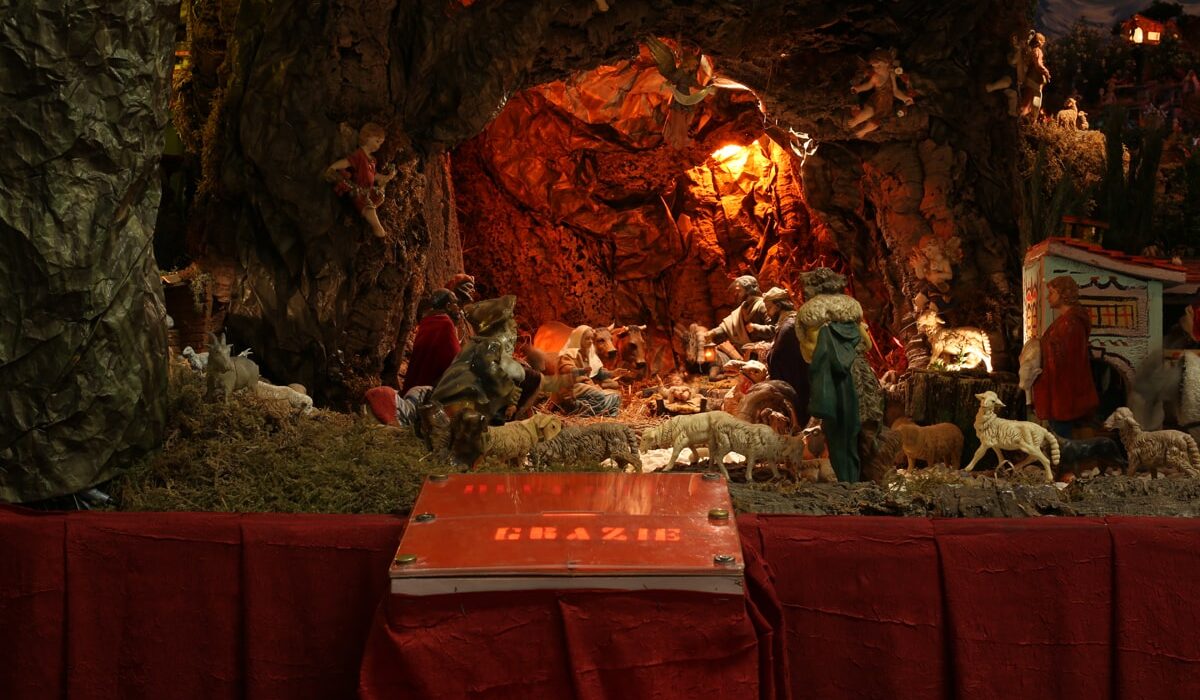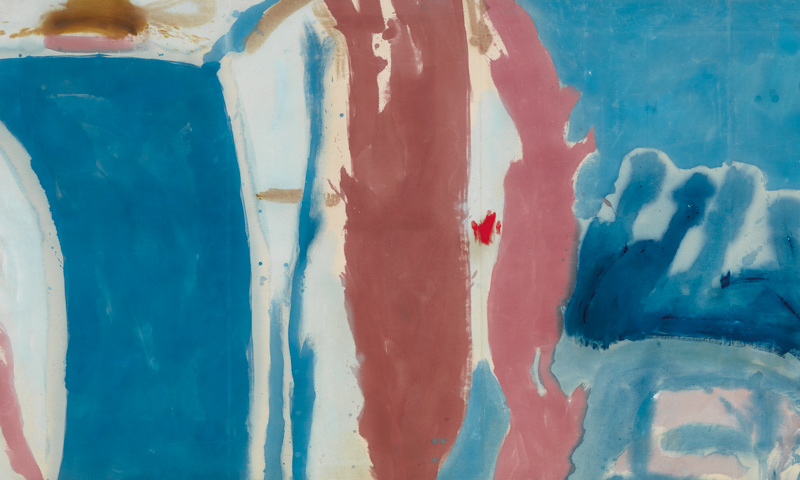Getting Around Florence: The Tramway
Discover Florence… by Tram! The New Line to Piazza della Libertà
Visiting Florence is a truly unforgettable experience. Its historic streets, iconic landmarks, and unique atmosphere invite you to slow down, observe, and be inspired. But after walking through the Uffizi or strolling across Ponte Vecchio, you might find yourself wondering: “Is there a more comfortable way to get around without missing out on the beauty of the city?” The answer is yes — and it’s Florence’s tram system.
On January 25, 2025, the city inaugurated a brand-new tramway extension connecting the historic center to Piazza della Libertà and Piazza San Marco. This marked the return of the tram to the very heart of Florence after nearly 70 years, offering both locals and visitors a faster, more convenient way to explore the city.
The New Line: From the City Center to Piazza della Libertà
This recent extension of Line T2, also known as the “VACS” (Variante al Centro Storico), links the Fortezza da Basso with Piazza della Libertà and continues to Piazza San Marco — right in the center of Florence, just steps from the Duomo, the Accademia Gallery, and many other top attractions.
It’s a big deal for visitors: now, in just a few minutes, you can reach some of Florence’s most iconic spots without the hassle of long walks or searching for a taxi. It’s a modern, quiet, and sustainable way to experience the city, designed to make getting around easier and more enjoyable.
The Florence Tramway System: A Quick Overview
Florence’s tram system is modern, efficient, and growing. Currently, it includes two main lines. Line T1 connects the southwest of the city to the Careggi Hospital, while Line T2 runs from Florence’s airport (Peretola) to the city center — now extended all the way to San Marco.
These lines are well-integrated with the city’s public transportation network and offer a smooth, comfortable ride. The trams run on dedicated lanes, which means they’re unaffected by traffic and can stay on schedule. Spacious and accessible, they’re ideal for everyone — including families with strollers or people with limited mobility.
Why You Should Take the Tram During Your Visit
Besides being practical, the tram also offers a fresh perspective on Florence. With large windows and a smooth ride, you can enjoy new views of the city as you travel. The new route to Piazza della Libertà and Piazza San Marco, for example, gives you easy access to must-see locations like the Accademia Gallery (home of Michelangelo’s David), the San Marco Gardens, or a charming café for a relaxing break.
Traveling by tram is also one of the most budget-friendly options in Florence. A single ticket, valid for both trams and city buses (ATAF), lets you move freely between the center, the train station, and the airport. Whether you’re arriving by train or landing at Peretola, it’s the easiest way to start your Florentine adventure.
A Greener, More Connected Florence
The new tram line to Piazza della Libertà represents another step toward a more sustainable and visitor-friendly Florence. By reducing car traffic, improving air quality, and making the city’s most beautiful spots easier to reach, this project supports a cleaner and more accessible urban lifestyle.
If you’re planning a trip to Florence, be sure to take advantage of the tram. It’s a fast, scenic, and sustainable way to explore the city with ease and comfort. Hop on and enjoy the ride — Florence is closer than ever.


